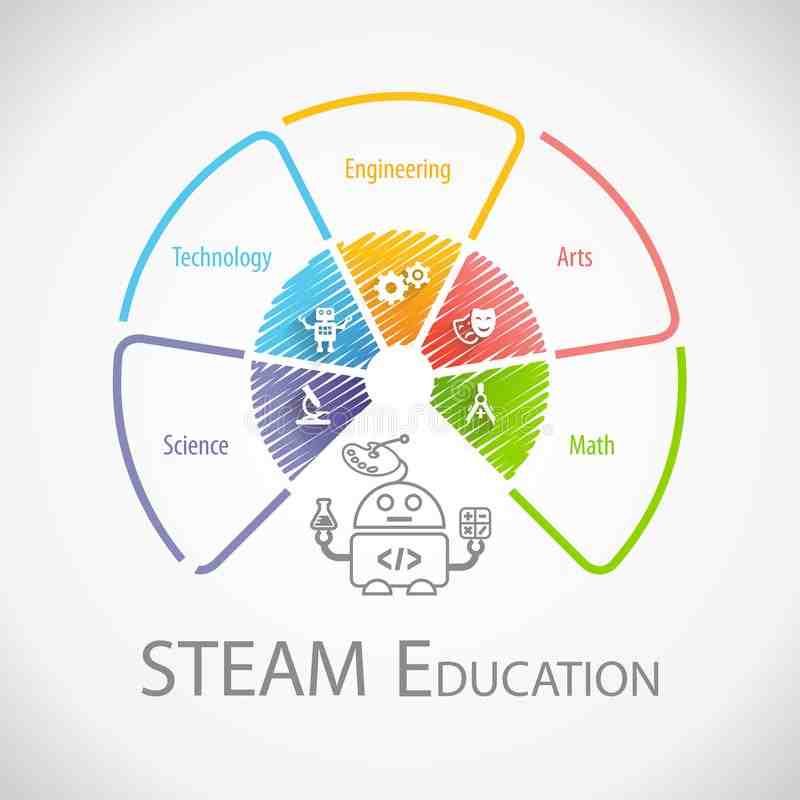Set Language
Login
Use Facebook or an email
Signup for free
Use Facebook or an email
Reset password
Enter email to reset password
STEAM EDUCATION
STEAM education (acronym in English for Science, Technology, Engineering, Arts, and Mathematics) refers to a teaching approach that integrates the fields of science, technology, engineering, arts, and mathematics into the learning process. The goal of STEAM education is to foster skills such as critical thinking, problem-solving, creativity, and collaboration, and to prepare students for the demands of the current and future world.
STEAM education is not only focused on teaching STEM (Science, Technology, Engineering, and Mathematics) disciplines, but also integrates arts and humanities. In this way, it seeks to promote a more holistic and balanced education that takes into account the social, cultural, and ethical dimensions of science and technology.
In a STEAM approach, students not only acquire theoretical knowledge, but also have the opportunity to apply their skills in practical projects and challenges. STEAM projects can include building robots, designing mobile applications, creating digital art, or solving complex scientific and mathematical problems.
STEAM education has been adopted by many schools and universities around the world as an innovative way to teach and prepare students for the future. It has also been promoted by companies and organizations seeking to develop STEAM skills in their employees to improve their productivity and competitiveness in an increasingly technological world.
